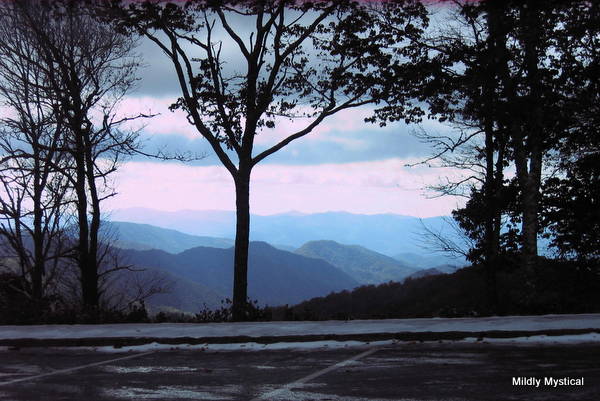Last weekend I had the pleasure of hearing a folk music performance that happened to be given in a church sanctuary. The setting had me thinking about the idea of sanctuary and how it is created—or at least invited. Even more, as the evening progressed I was able to experience the mysterious arrival of that sense of sanctuary as it permeated the room.
I didn’t know the music of Iris Dement before I saw her perform, but I was immediately charmed by how she connected with her audience. She shared how vulnerable she felt coming out from behind her piano to face the crowd with only a microphone stand and a guitar to “hide” behind. And when she mused aloud about her songwriting prowess, asking “What is the opposite of prolific? Because whatever that word is, that’s me,” I was taken by both her understanding and her acceptance of herself.
The venue was the historic downtown First Presbyterian Church, where stained glass and ornate wood carvings spoke of the long traditions that shape Christian worship. “This pretty room,” Iris Dement called it, in a way that appreciated her surroundings even as she resisted their traditional gravity.
She spoke of her family, and the songs she shared about them honored those lives who so clearly informed her own. She alluded to her spiritual journey, remarking that in reading back through the stories in the Bible, “I found that I didn’t love them as I used to” except for the one she wrote about: the parable of the good Samaritan.
In sharing so much of herself as well as her music, she drew her audience close. She exuded both humility and strength, presenting herself simply as she is. I don’t know her story, but I know that kind of firmly rooted stance is hard-won.
The architecture and design of the space we were in brought forward the idea of sanctuary, a word that sets out the spiritual aspirations for the place. It’s meant to offer a respite from the clamoring world, a place where we can hear the still, small voice that reminds us who we are and where we can find the heart of life.
But on that evening, the experience of a sacred space apart from the world was ushered in by this talented musician whose maturity as a person as well as an artist enabled something rare and wonderful to happen in that setting.
Art at its best creates sanctuary. An artist who grapples with what matters most, then brings skill and dedication to expressing what she encounters, offers work that can elevate our lives. Art in all of its forms invites us into a space apart from the schedules we keep and the demands we meet, where we can be refreshed by the encounter with another soul. It brings the renewal of spirit we sorely need to live our lives the best we are able.
Worship at its best works this way, too. It’s an art form in itself, enriched by architecture, music, language, and dramatic ritual. Good worship depends on good art. Meaningful worship, like meaningful art, is soul work. The encounter that happens through that work, whatever the setting may be, is where we find sanctuary.
Sanctuary is a gift. We invite its presence by the deepest human work we do, but when the spirit of sanctuary descends, with the peace that passes understanding, it is a gift of grace. May we find those spaces in our lives that quiet our minds and soften our hearts. May we know sanctuary.


